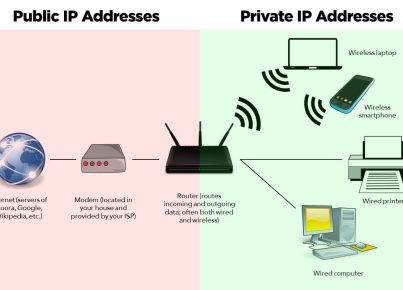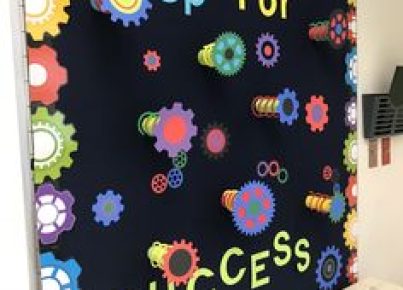In an age where screens often dominate learning and communication, the art of storytelling can be a powerful tool in the classroom. It helps students develop empathy, improve their language skills, and spark their imagination. Here are 10 inspirational storytelling ideas for the classroom that can transform the learning experience:
1. Hero’s Journey Rendition: Have students create a story following the “Hero’s Journey” template, where they can relate the stages to their own life or experiences.
2. Historical Fiction Shorts: Students choose a historical figure and create a short story inspired by significant events from that person’s life, adding fictional details to fill in the gaps.
3. Mythology Mash-Up: Combine creatures and gods from different mythologies into one narrative, encouraging cross-cultural exploration.
4. Future Forecasting: Students write stories set in the future, addressing current issues with imaginative solutions and futuristic concepts.
5. Silent Storyboards: In groups, students create storyboards for a story without using any words, which another group then interprets and presents verbally.
6. One-Word Inspiration: A single word serves as the prompt for a story, with each student interpreting it differently to craft unique narratives.
7. Biography Builders: Each student tells the story of someone they admire, either known or unknown figures, focusing on what makes them inspirational.
8. Twisted Fairy Tales: Take well-known fairy tales and put a modern or unique spin on them, allowing students to play with themes and characters in familiar stories.
9. Community Chronicles: Students interview people from their community and weave these real-life stories into a compelling narrative about their town or neighborhood.
10. Personal Fable: Encourage students to write fables using animals as characters that represent people they know or themselves with a moral lesson at the end.
These ideas not only stimulate creativity but also enhance listening skills and provide opportunities for collaboration among students. Storytelling is not just an educational tool; it’s also an essential part of human culture that helps us understand ourselves and others better. Bring these activities into your classroom to see first-hand the impact stories can have on learning.





